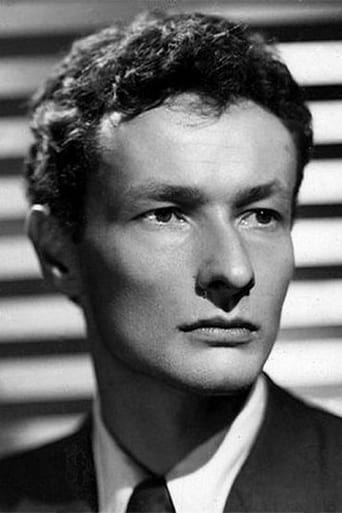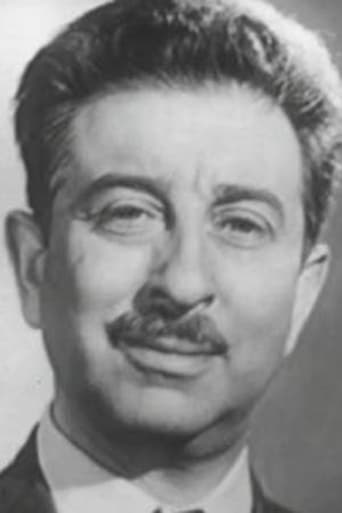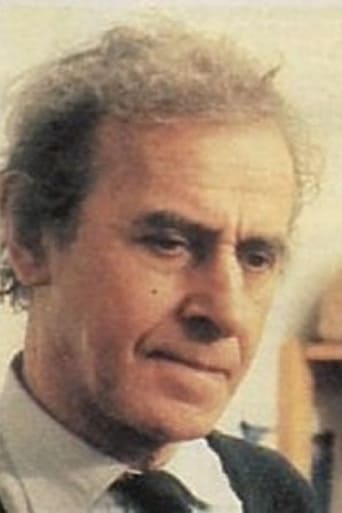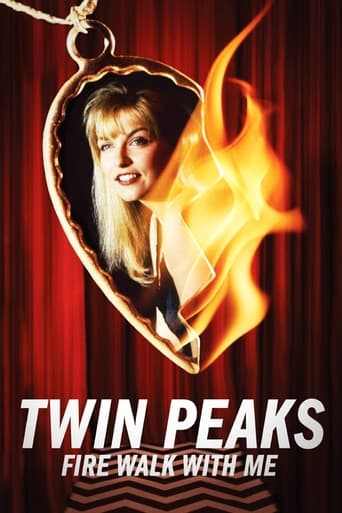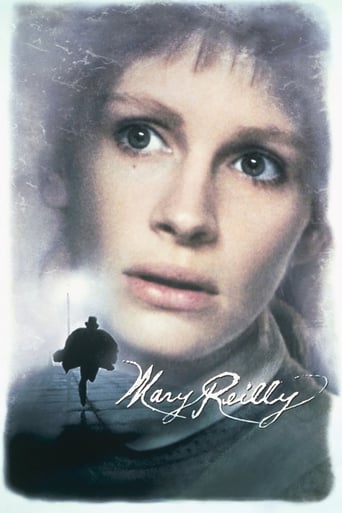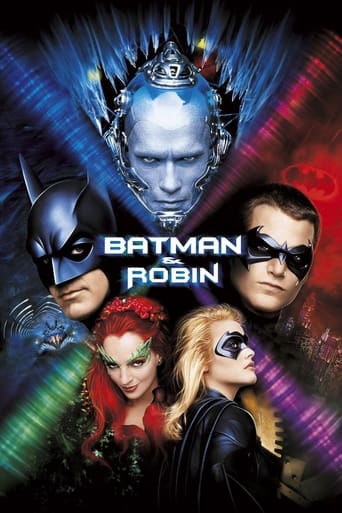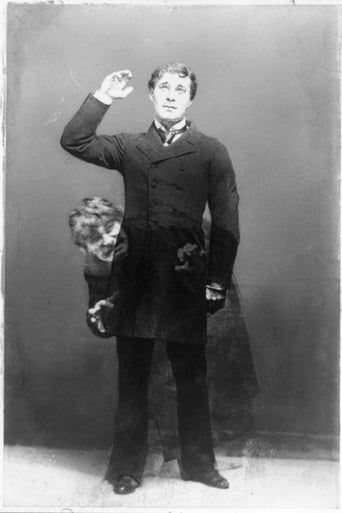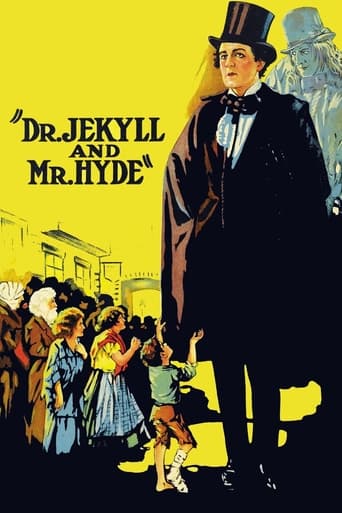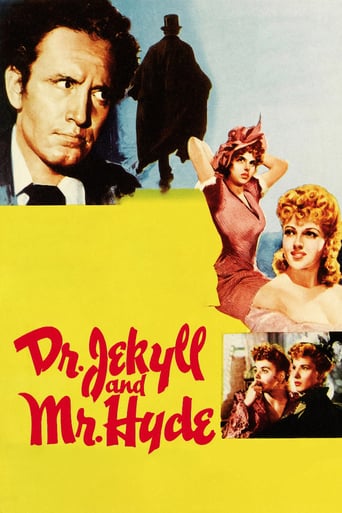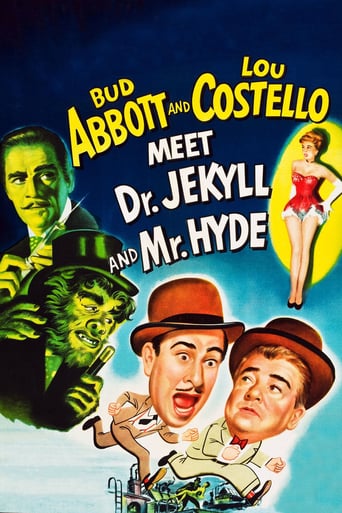
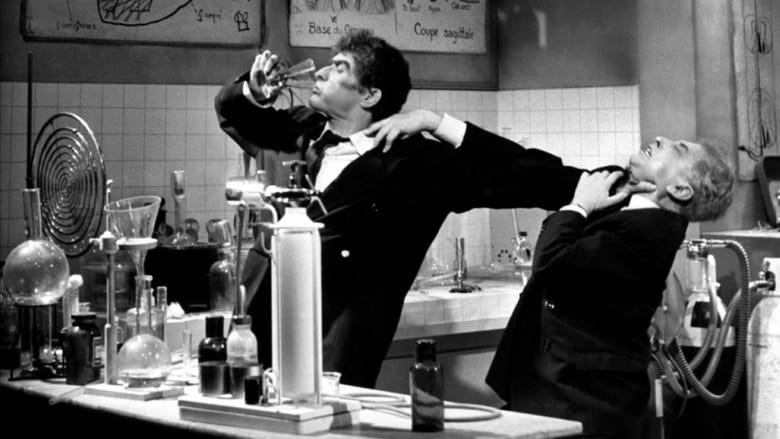
Experiment in Evil (1960)
Dr. Cordelier, living in a suburb of Paris, withdraws from society to pursue research into the functioning of the human brain. His lifelong friend, Maître Joly, becomes concerned when Cordelier draws up a will that bequeaths his entire estate to a stranger, Monsieur Opale; he cannot understand why Cordelier defends him, considering Opale attacks women and children. After a colleague is killed, Joly confronts Cordelier and discovers the truth behind his friend's behavior.
Watch Trailer
Cast


Similar titles
Reviews
GPeoples-2 Made a comment about the lead actor's "rudimentary's make-up". The fact is Barrualt used no make-up, or camera tricks in his transformation. Barrualt was one of the most respected mime artists ever to live, displaying his talents in "Les Enfants du Paradise", and this brilliant film. His transformation is absolutely brilliant, and quite shocking to watch. Jean Renoir was one of the best directors who ever lived, and the fact that he made this brilliant made for TV film so late in his career, 1959, is a testament to his talents as a director and storyteller.If you can get a hold of this film I don't think you'll be disappointed.
Frankly, I have lost count of how many cinematic adaptations of Robert Louis Stevenson's classic story, "Dr. Jekyll and Mr. Hyde", I have watched but, since Jean Renoir is one of my favorite film-makers, this rarely-seen film had always been one of my holy grails. Before now, it had been available only as an unsubtitled French DVD - which I had even considered buying at one point but now I am sure glad I waited!Curiously enough for such a master of the film medium, Renoir's version was shot for TV - it even starts off with the bubbly writer/director entering the studio to 'present' the show - although it did get eventually released to French theaters in late 1961. Having said that, it is quite appropriate given the subject matter that Renoir himself seemed to be in an experimental state of mind: shooting with three to eight cameras and cutting only at the end of each sequence, his intention was to free his actors from the filmic constraints of relentless cutting and repeated takes. No one benefited more from this deliberately 'flat' approach to the material than his inspired choice for lead actor, Jean Louis Barrault, the celebrated mime best-known for his role in Marcel Carne''s CHILDREN OF PARADISE (1945): his is a truly remarkable performance. We see Cordelier (the Jekyll figure) during three stages of his life: the time when, as a young general practitioner, he first hit upon the notion that good and evil could be separated; the distinguished research scientist, gracefully aged but something of a recluse and, of course, Opale - wearing no make-up except for a set of false teeth and a shaggy wig, Renoir and Barrault's bizarre concept of Hyde as a prancing ("light as air" as he himself puts it) thug with overgrown hair whose mayhem perhaps feels more like the thrill-seeking antics of a spoiled brat (at times recalling Renoir's earlier creation, Boudu, as a matter of fact) rather than the handiwork of someone who is supposedly evil incarnate...although, he does kick the living hell out of his victims as they lie helplessly on the ground!Two other notable secondary characters are the lawyer (Teddy Bilis) who is baffled by Cordelier's singular will but who sticks by his friend till the bitter end, and Michel Vitold's irascible psychiatrist, a rival of Cordelier's and whose heart condition Opale sadistically exploits; interestingly, Vitold would later play the villainous banker Favraux in Georges Franju's marvelous remake of JUDEX (1963). Renoir regular Gaston Modot is also featured as Barrault's elderly handyman: he had been the lead in Luis Bunuel's L'AGE D'OR (1930) and the scene here in which Opale kicks a crutch from under a limping man recalls the one in the notorious Surrealist film where Modot's anarchic protagonist pushes a blind man into a busy street. Another veteran of Renoir's cinema is composer Joseph Kosma whose wonderful score emerges as another major asset. The fact that its plot essentially centers around the mysterious goings-on in the household of an eminent physician reminded me of the contemporaneous EYES WITHOUT A FACE (1959) even if, as I said earlier, there is little room here for poetic images so prevalent in Franju's film. Incidentally, just as I never refer to that film by its silly American moniker - THE HORROR CHAMBER OF DR. FAUSTUS - I loathe Lionsgate's decision to attach the unflattering title THE DOCTOR'S HORRIBLE EXPERIMENT to the Renoir picture! Despite the action being relocated to Paris and set in contemporary times, this is actually one of the most faithful renditions of Stevenson's work: it is virtually the only film version which lends its central theme of good vs. evil a spiritual resonance (the doctor even commits suicide, while still in his Opale persona, by taking a lethal dose of his own potion) where most other adaptations had just opted to concentrate on the element of repressed sexuality inherent in Stevenson's original. In fact, there is no significant female character here at all. Renoir does give us hints in that direction, however, as we do see Cordelier (rather than Opale) corrupted - time and again, we are told on his tape-recorded confession - into ravishing his patients while they are under the anaesthetic. The metamorphosis is clearly a painful one and Cordelier assumes a foetal position during the first transformation indicating a physical rebirth; interestingly, given that the film is not structured in a linear fashion, we meet Opale, roaming the streets of Paris at night, before we are formally introduced to his benign alter-ego, Dr. Cordelier. In conclusion, THE TESTAMENT OF DR. CORDELIER not only emerges as easily one of the best filmed versions of the novel - edged only by the Rouben Mamoulian/Fredric March 1931 milestone and just ahead of Walerian Borowczyk's delirious DOCTEUR JEKYLL ET LES FEMMES (1981), which it predates in several aspects - but as yet another great Renoir work. Hardly the "risible...probably the only disaster in the Renoir canon" dismissal one reads about in David Quinlan's book on film directors! On a more personal note, I am disappointed by the sheer lack of online reviews of this important 3-Disc Set from Lionsgate and, hopefully, I will not only get to the rest of the Renoir films therein in due time but may also take this opportunity to watch Giorgio Albertazzi's similarly modernized 4-hour adaptation made for Italian TV, JEKYLL (1969), which I recently acquired.
This is an interesting adaptation of Robert Louis Stevenson's "The Strange Case of Dr. Jekyll and Mr. Hyde", made for television by Jean Renoir, although late in his career--after his most acclaimed masterpieces. For this adaptation, the names are changed (from Jekyll and Hyde to Cordelier and Opale, most importantly), and it takes place in a modern Parisian setting, but compared to other adaptations, especially the three Hollywood movies, it's more faithful to the original novella. The original mystery is retained. If one weren't familiar with the Jekyll and Hyde story, this version would actually be surprising, especially with the name changes and new setting. Furthermore, Mr. Utterson (here as Mr. Joly), the protagonist of the novella, is reassigned his original purpose here, after being ignored in most adaptations.There are alterations, though. The narrative is made linear, as in most adaptations. And, director Jean Renoir makes his own alterations, occasionally suggesting the alterations made for plays, which were sustained in the 1920, 1931 and 1941 films, such as one scene that gives Hyde an apartment and the female victim for his animalistic sadism. That wasn't in the book, occupies only one scene in this film, but was the focus of the 1941 Spencer Tracy and Ingrid Bergman version. As well, I especially like Renoir's addition of an audio testament.The absence of special effects for the metamorphoses (here, really only one) is simple and refreshingly inconspicuous, with Jean-Louis Barrault assuming the fetal position while camera positions are changed, instead. Additionally, Joseph Kosma's light music during Opale's scenes is a nice touch. And, Barrault gives an interesting interpretation of Hyde, moving limply and dance-like. The over-sized clothes are a nice remnant from the novella, too. Overall, it's an interesting adaptation. My favorite Jekyll and Hyde version is the 1931 film, but because of its use of the camera; as far as narrative adaptations, this is the best that I've seen.(Note: White subtitling was a poor choice for the print I saw; they were sometimes illegible.)
This is the only version of "Dr. Jekyll and Mr. Hyde" that enables the viewer to watch the story as if it were new. It's the only one in which the fantastic events proceed from commonplace surroundings: it's set contemporaneously and shot like a documentary program. It's also the only one in which the two characters are believably distinct: one would never guess that the fussy, ascetic Jekyll and the careless, garish Hyde could be the same man. It's the only version that makes clear Jekyll's hypocrisy, which was the point Stevenson was emphasizing and which I never understood before: what Jekyll's friend can't understand--the reason Jekyll blocks the investigation of Hyde's crimes--is not that the criminal has some hold over him, but that he himself is the criminal and is protecting his own good name. Barrault's make-up as Hyde is rudimentary compared to the elaborately gruesome make-ups of the other versions, but what he makes of the character is far more meaningful. This Hyde is comic until he turns violent; he's a cross between Chaplin's tramp, a juvenile delinquent of the 50's, and an aboriginal--figures that can all be seen as embodiments of anarchy. He does exactly as his impulses compel him. Jekyll does the same--but while his patients are anesthetized, so they won't know. This version of "Jekyll", without special effects or filmic style and in modern dress, is the only serious one. I think Stevenson would have respected it.


